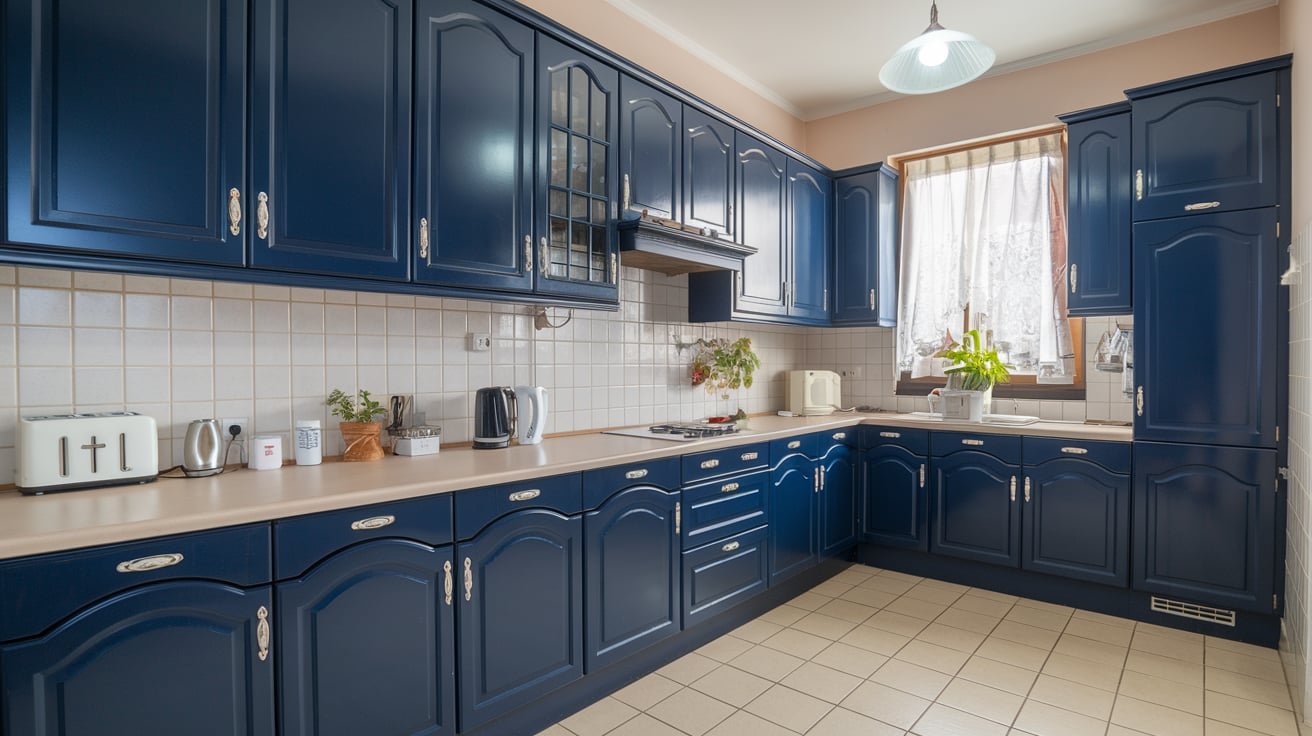Introduction
In an office setting, the term “abiotic factor stuck in office blocked by filing cabinet” takes on a unique meaning. Abiotic factors, which are typically non-living components in an environment, influence productivity, mood, and overall work conditions. In nature, these factors may include temperature, humidity, or even sunlight. However, in the workplace, abiotic factors might consist of furniture arrangement, lighting, ventilation, or even a blocked path caused by an office fixture like a filing cabinet. These elements can have significant impacts on employees’ daily tasks.
The Role of Furniture as an Abiotic Factor
Furniture is an essential part of any office space, but it can also become an obstacle if not properly arranged. The concept of an “abiotic factor stuck in office blocked by filing cabinet” highlights the way in which non-living office elements, such as desks, chairs, and filing cabinets, can hinder work efficiency. Filing cabinets, especially when misplaced, can block access to important areas or materials. In this scenario, the cabinet becomes an abiotic factor that obstructs movement and accessibility, contributing to frustration and decreased productivity.
How Filing Cabinets Impact Office Workflow
When a filing cabinet is positioned in a way that blocks access, it becomes a clear example of an abiotic factor stuck in office blocked by filing cabinet. Filing cabinets are often heavy and not easily moved, which means that when they are placed in inconvenient locations, they can restrict access to supplies, files, or even basic movement within the office. This physical blockage disrupts the flow of the workspace, causing employees to spend extra time navigating around obstacles. The efficiency of the entire office can be reduced because of such abiotic factors.
The Consequences of Poor Office Layout
The layout of an office has a significant influence on how efficiently tasks are completed. When there is an abiotic factor stuck in office blocked by filing cabinet, it can create a ripple effect of inefficiency. Workers may find themselves spending extra time trying to access blocked areas, which can lead to delays in completing tasks. In an office environment, time is valuable, and when abiotic factors like filing cabinets become obstructions, it can lead to frustration, decreased morale, and even physical discomfort due to awkward maneuvering around the office.
Ergonomics and the Abiotic Factor Stuck in Office
Another aspect to consider when addressing the abiotic factor stuck in office blocked by filing cabinet is ergonomics. Proper office ergonomics involves designing the workspace to ensure comfort, efficiency, and productivity. When a filing cabinet blocks access or causes employees to perform unnecessary physical actions, it disrupts ergonomic practices. For example, an employee might need to constantly twist or bend awkwardly to reach around the filing cabinet, leading to strain or injury. This abiotic factor, though seemingly insignificant, can have real consequences on workers’ health and productivity.
Psychological Effects of a Disorganized Workspace
A cluttered or blocked office can also have psychological effects on workers. The presence of an abiotic factor stuck in office blocked by filing cabinet may cause frustration or feelings of confinement, as employees struggle to move freely around the office. Additionally, cluttered spaces can lead to decreased concentration, higher stress levels, and a general sense of dissatisfaction with the work environment. The simple act of rearranging furniture to avoid blocking pathways can significantly enhance workers’ psychological well-being and productivity.
Redesigning Office Spaces to Avoid Blockages
To prevent an abiotic factor stuck in office blocked by filing cabinet from becoming a persistent problem, office managers and employees should consider better space utilization and layout designs. Rearranging office furniture, ensuring clear pathways, and considering ergonomic needs can improve the overall efficiency of the workspace. This may involve evaluating the placement of filing cabinets and other heavy furniture to ensure that they are accessible without obstructing movement or access to necessary office equipment.
The Importance of Clear Pathways in the Office
One of the critical aspects of maintaining an efficient workspace is ensuring that all employees have clear, unobstructed pathways. When there is an abiotic factor stuck in office blocked by filing cabinet, it restricts movement and creates potential safety hazards. Workers may trip or injure themselves while trying to maneuver around blocked paths. Additionally, in the case of an emergency, such blockages can hinder evacuation procedures. It is crucial for office managers to regularly assess the layout of the office and remove any obstacles that may impede movement.
The Impact of Natural Light as an Abiotic Factor
In addition to furniture, natural light is another important abiotic factor that influences the office environment. When offices are blocked by filing cabinets or other furniture, access to natural light may be limited, affecting workers’ mood and energy levels. A blocked window, caused by a filing cabinet for example, can lead to dimmer working conditions, forcing employees to rely on artificial lighting. The result is often eye strain, headaches, and a decrease in productivity, which illustrates the importance of paying attention to abiotic factors like light in office design.
Finding Balance Between Storage and Space
Filing cabinets serve as necessary storage units in most offices, but their placement is key to maintaining an effective work environment. If an office relies heavily on filing cabinets for storage, it can quickly become overcrowded, leading to an abiotic factor stuck in office blocked by filing cabinet situation. Finding the balance between adequate storage and maintaining open, accessible pathways is crucial for a productive office. Modern solutions such as digital filing systems can also reduce the reliance on physical filing cabinets, helping to create a more open and accessible space.
Addressing Workplace Safety Issues
An abiotic factor stuck in office blocked by filing cabinet can pose safety risks in the workplace. Blocked walkways or restricted access to emergency exits increase the chances of accidents and can slow down evacuation in case of an emergency. Ensuring that filing cabinets and other large office furniture are placed in appropriate, non-obstructive areas is an essential aspect of maintaining workplace safety. Regular audits of office layouts and furniture arrangements can help identify potential safety issues before they become serious concerns.
Maximizing Office Space Efficiency
One of the main goals of office design is to maximize space efficiency. However, when an abiotic factor stuck in office blocked by filing cabinet occurs, it limits the usability of the space. A poorly placed filing cabinet can take up valuable square footage and reduce the functional work area. Office managers need to consider the flow of movement within the office and ensure that every part of the space is being utilized effectively. Open spaces encourage collaboration and communication, which are essential components of a productive office environment.
Technology as a Solution to Abiotic Obstructions
The rise of digital technology in offices has helped reduce the reliance on physical filing cabinets, thus minimizing the chances of an abiotic factor stuck in office blocked by filing cabinet. Cloud storage and digital record-keeping systems have replaced much of the need for bulky, space-consuming filing cabinets. By embracing technology, offices can create more open, flexible workspaces where employees can move freely without the constraints imposed by large furniture items.
Enhancing Productivity Through Office Design
An abiotic factor stuck in office blocked by filing cabinet can significantly impact overall office productivity. When employees have to work around obstacles, it disrupts their flow and makes tasks more time-consuming. Simple adjustments, such as moving a filing cabinet to a more suitable location, can streamline processes and improve employee efficiency. Additionally, when employees have access to clear, unobstructed paths and well-organized spaces, they are more likely to stay focused and productive.
The Connection Between Office Design and Employee Morale
Employees’ morale can be directly linked to the physical environment in which they work. When there is an abiotic factor stuck in office blocked by filing cabinet, employees may become frustrated with the inefficient layout. Over time, this can lead to dissatisfaction with the workplace and even decreased motivation. Creating a well-organized and clutter-free environment can improve employee satisfaction and morale, leading to higher job performance and a more positive office culture.
Preventing an Abiotic Factor from Affecting Your Office
Office managers and employees can take proactive steps to prevent an abiotic factor stuck in office blocked by filing cabinet from becoming an issue. Regularly evaluating the office layout, identifying potential obstacles, and ensuring that furniture is placed in accessible locations can minimize disruptions. Additionally, investing in ergonomic office furniture and equipment can prevent both physical and psychological strain caused by poorly arranged office spaces.
Conclusion
The idea of an “abiotic factor stuck in office blocked by filing cabinet” may seem trivial at first glance, but it highlights the significant impact that non-living elements can have on a workspace. By addressing these factors and ensuring that the office environment is well-organized, accessible, and ergonomic, businesses can create a more efficient, productive, and satisfying workplace for their employees. Whether it’s moving a filing cabinet or rethinking the office layout, paying attention to abiotic factors is crucial for the success of any office environment.










